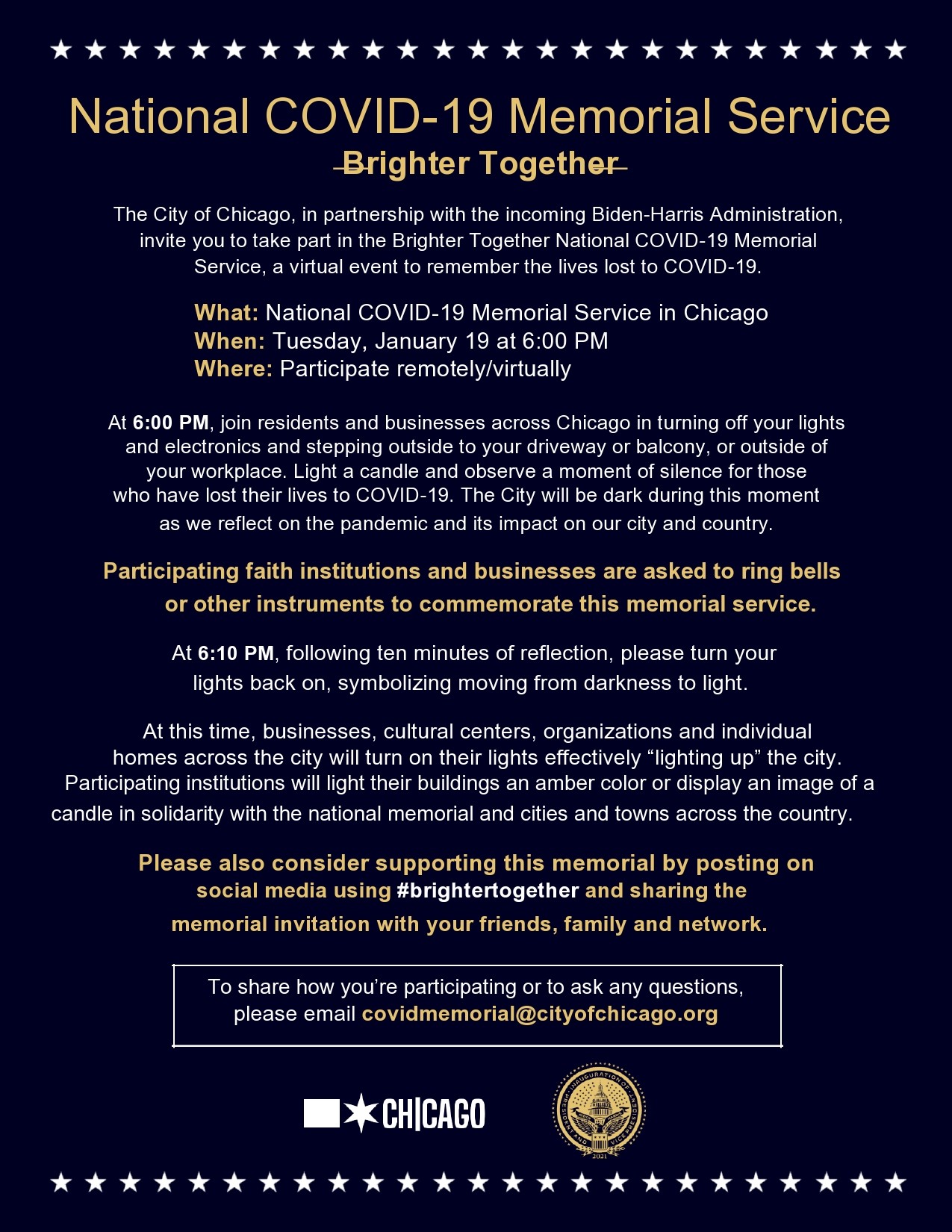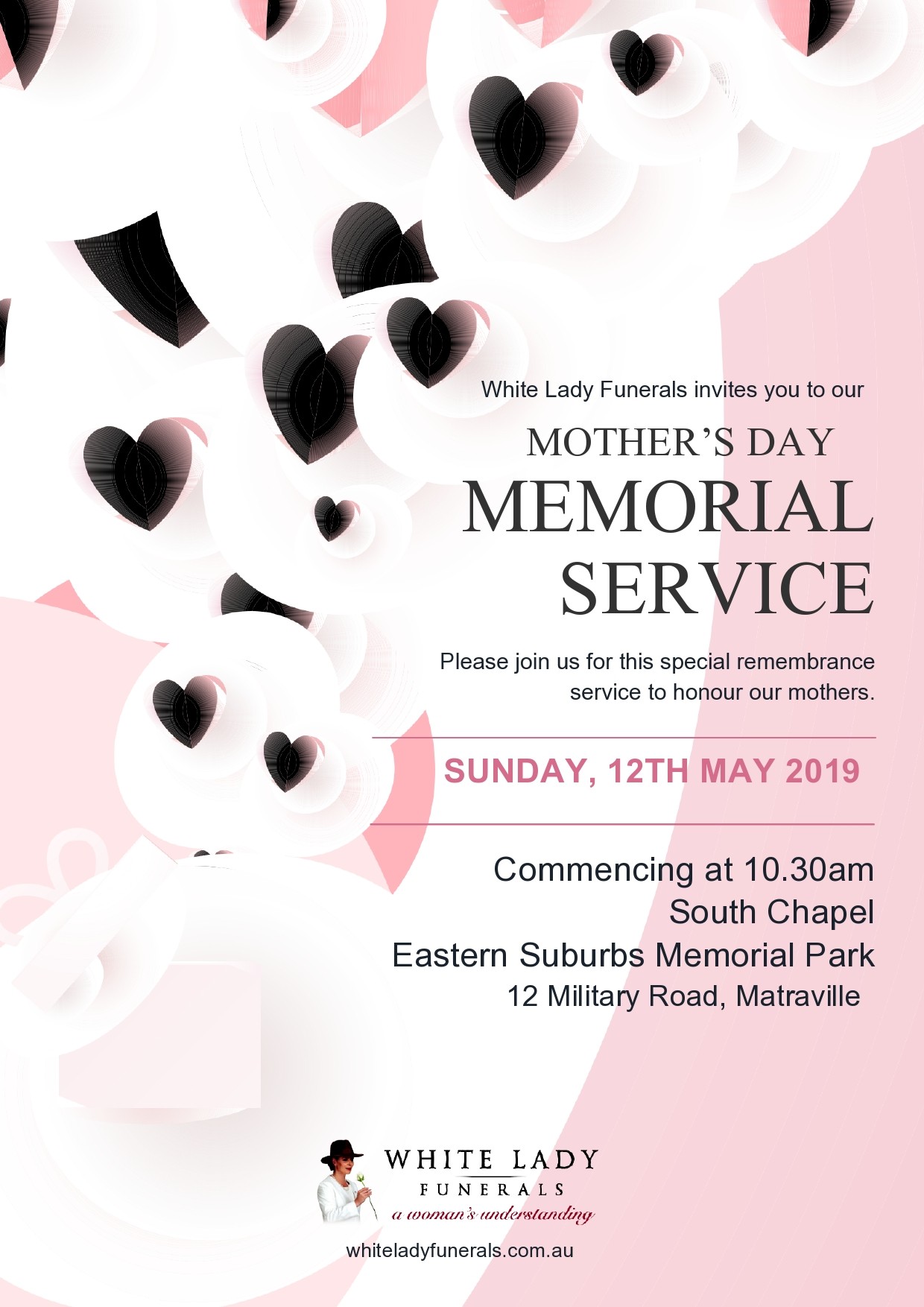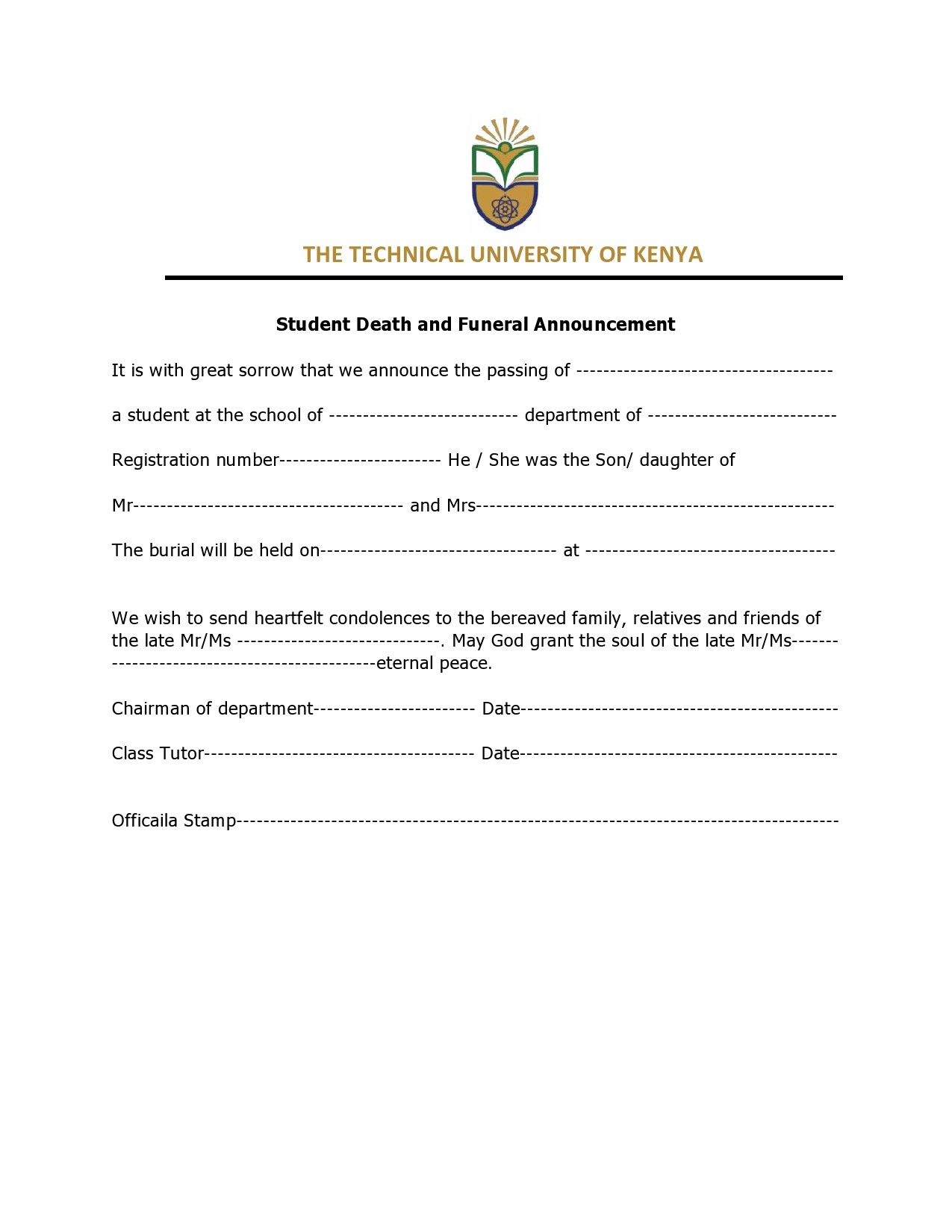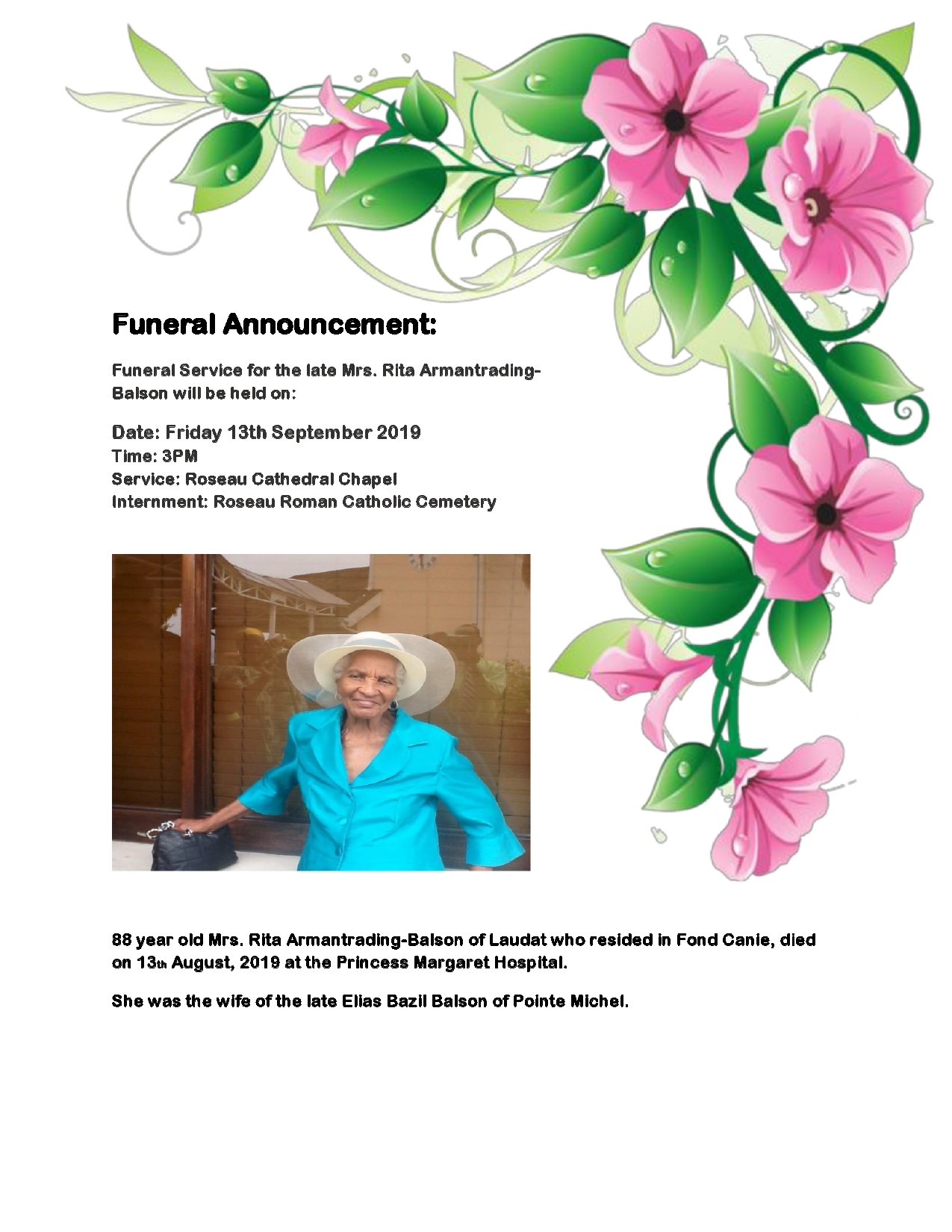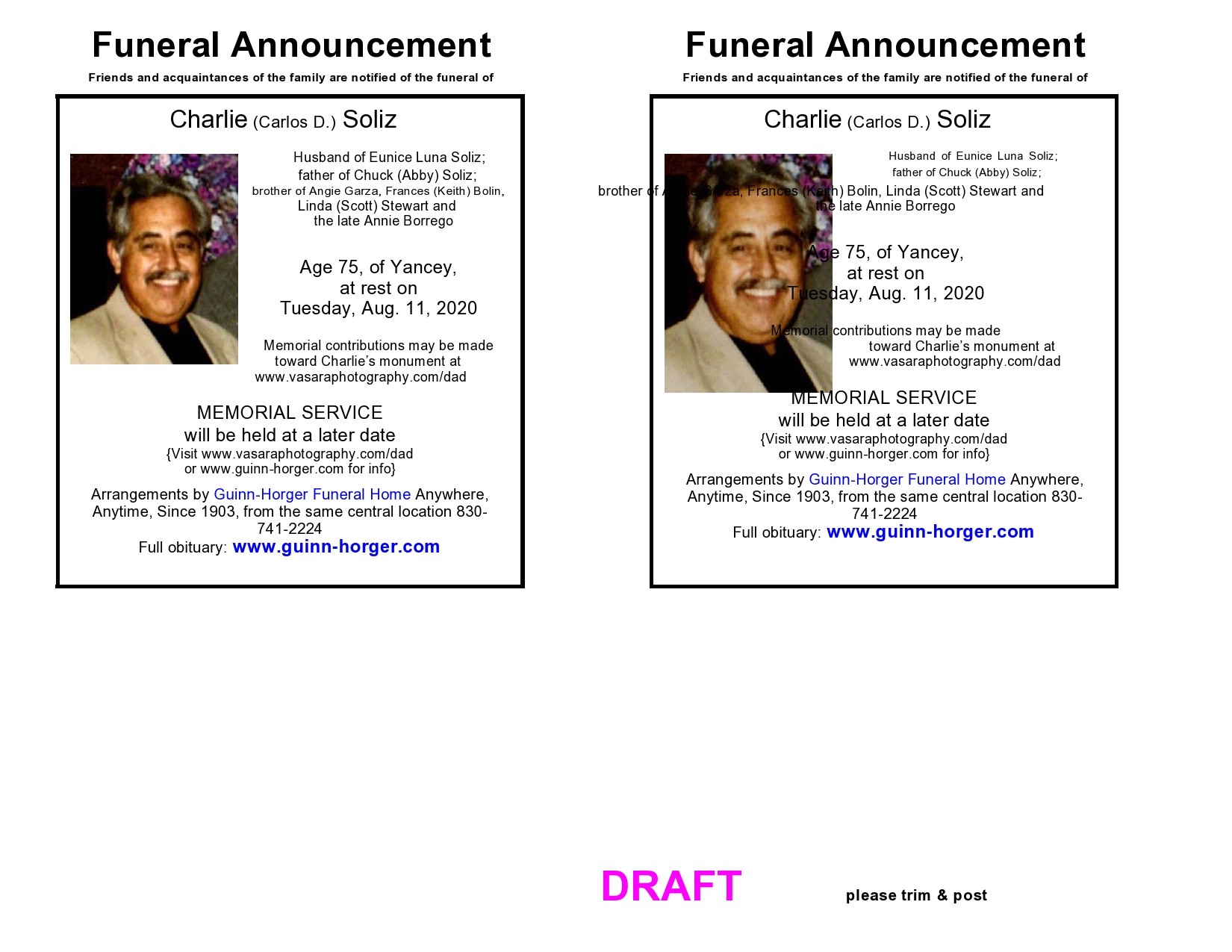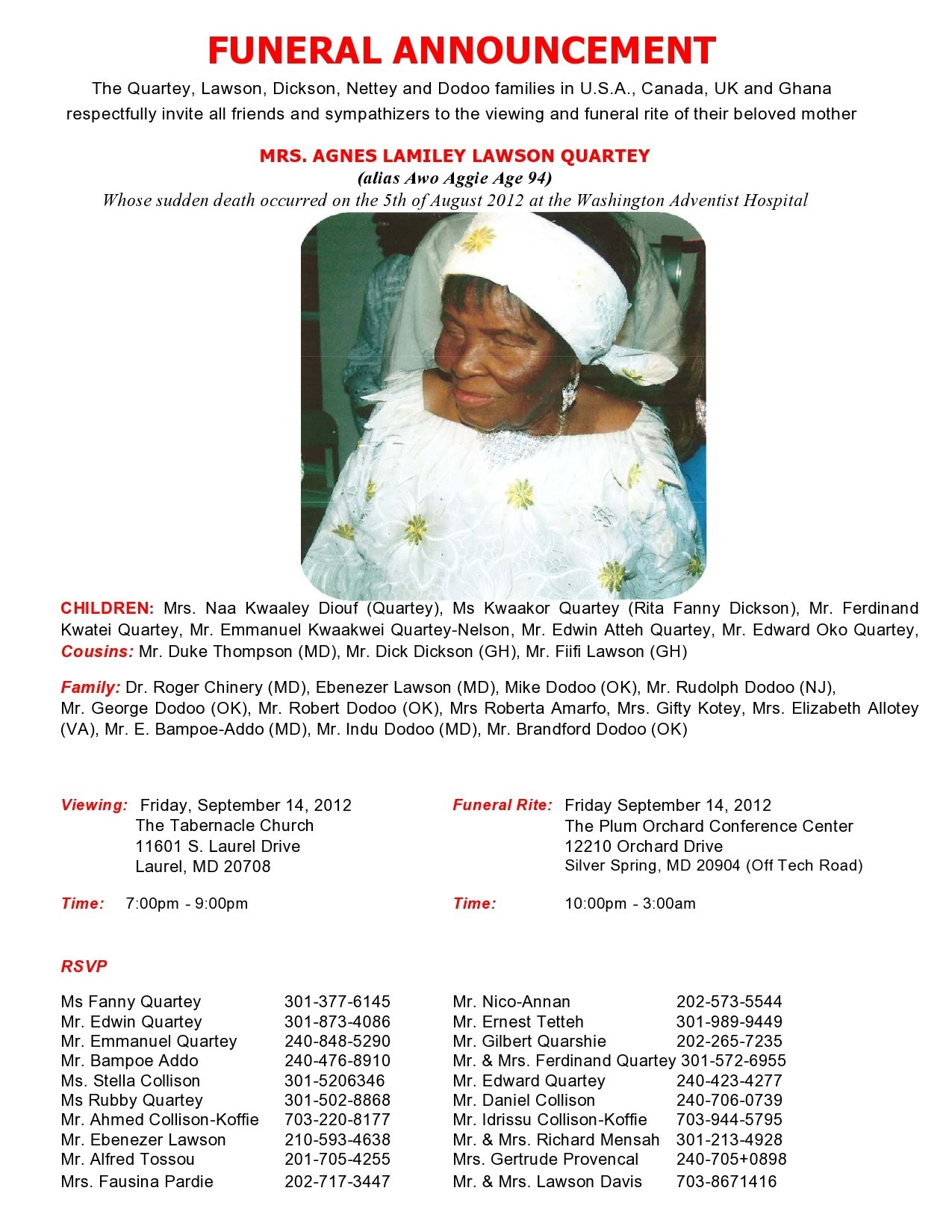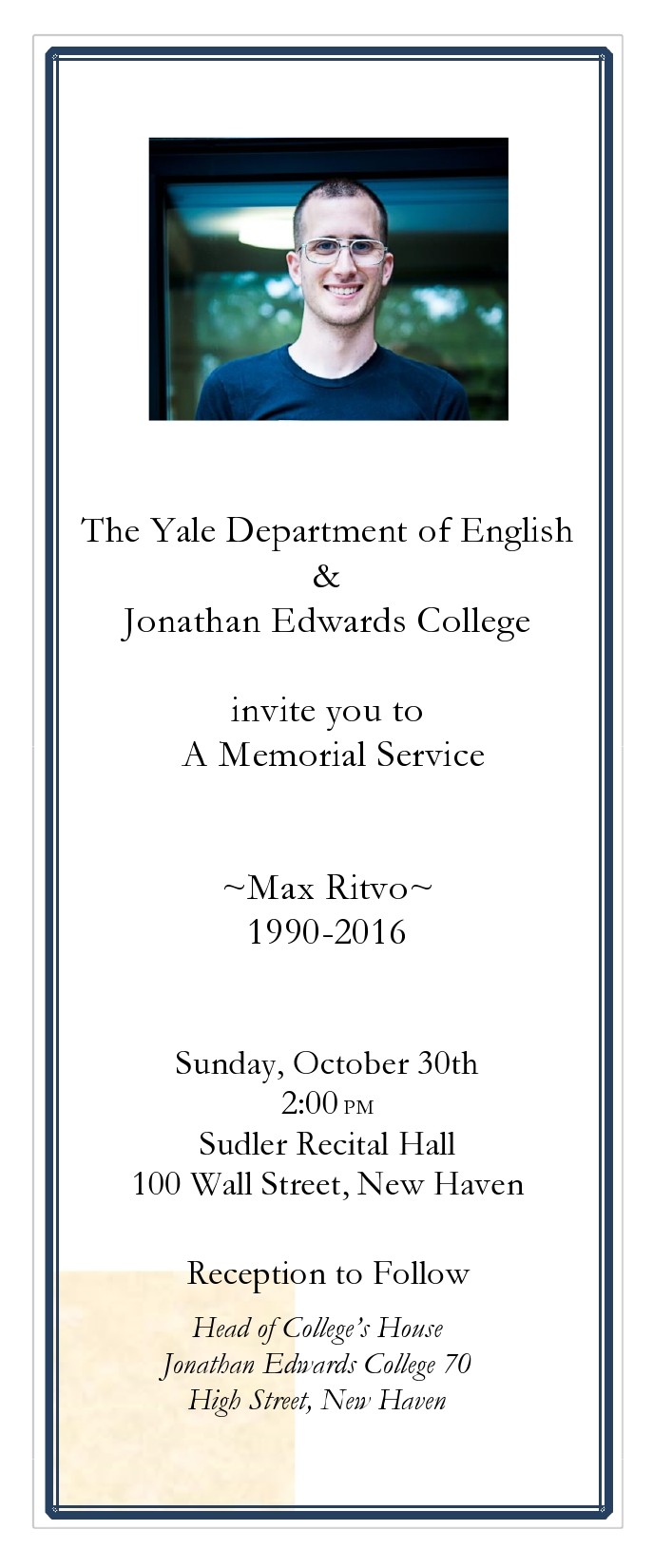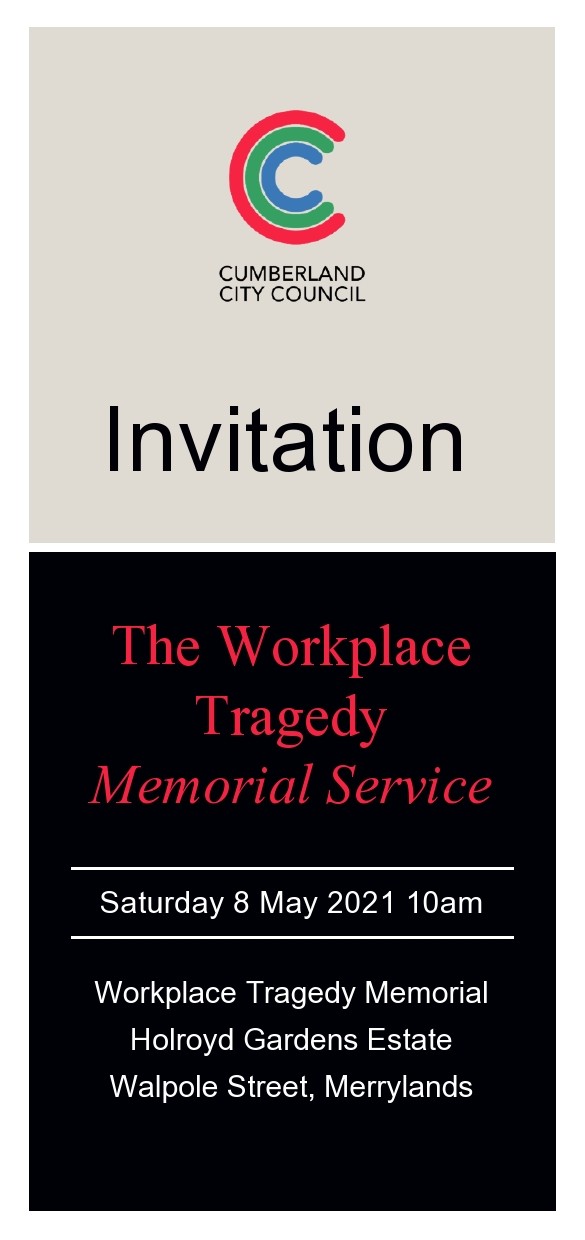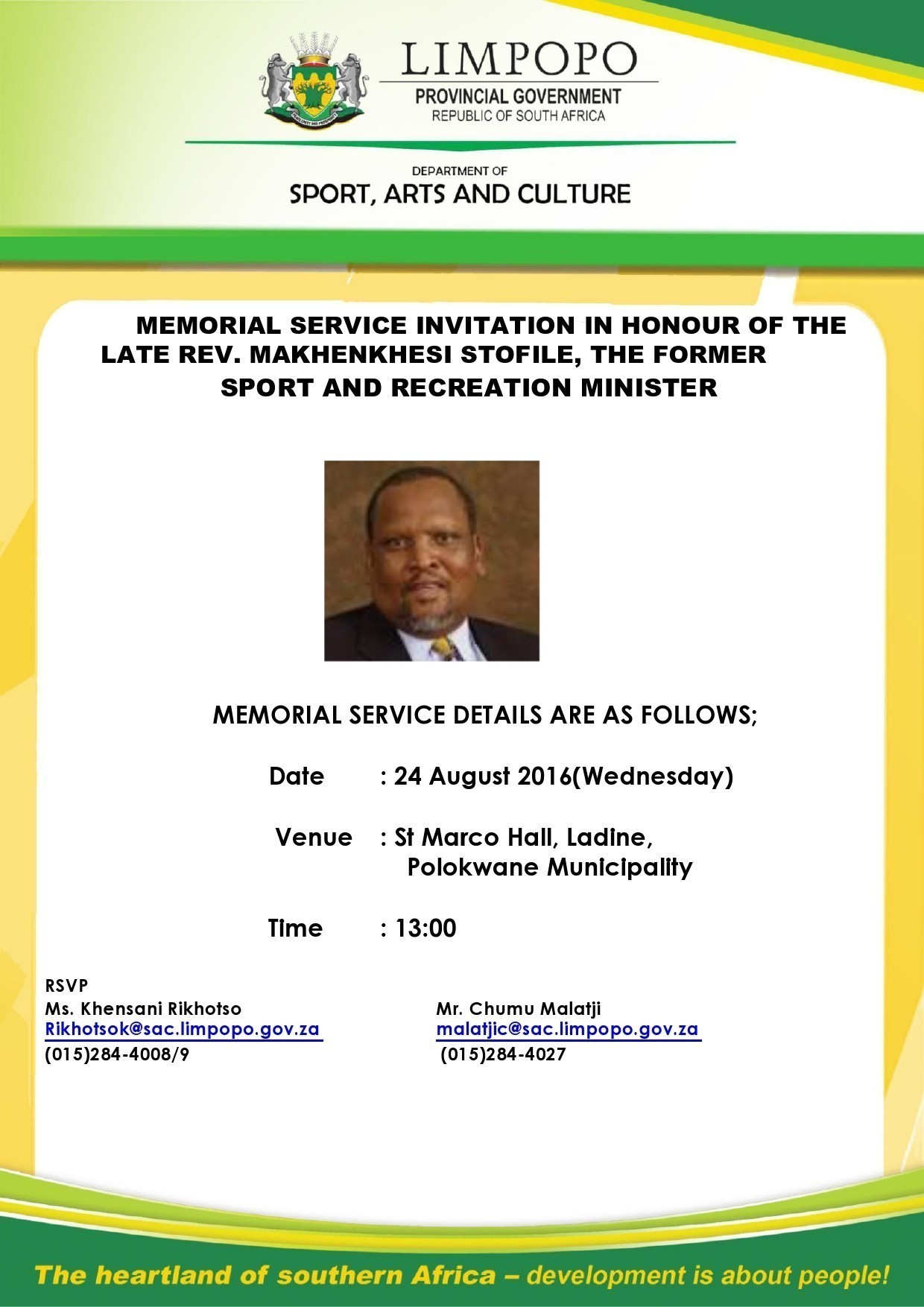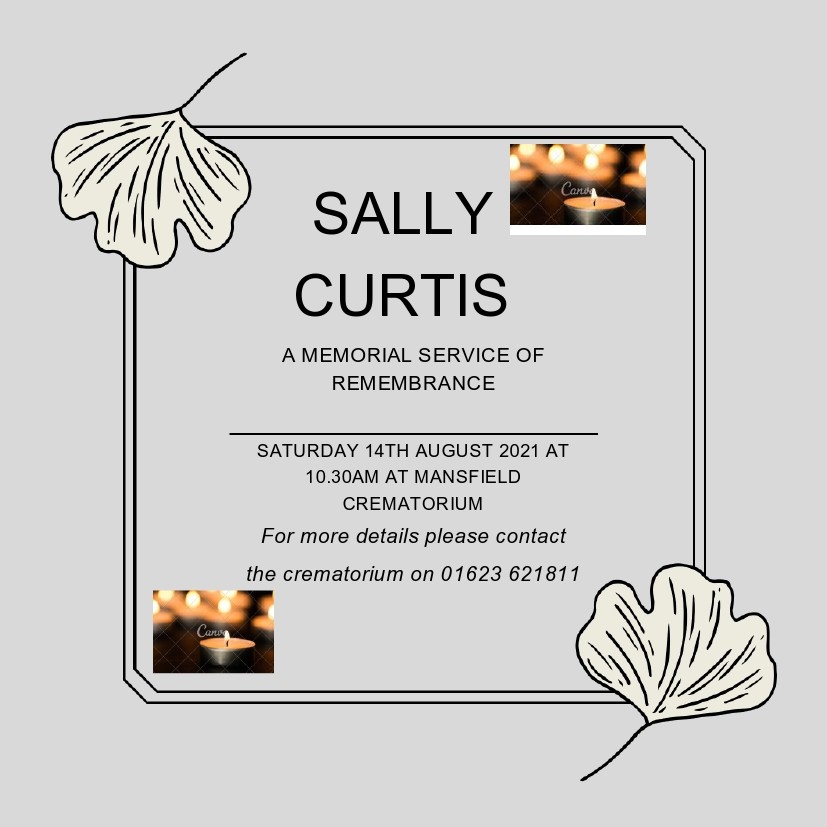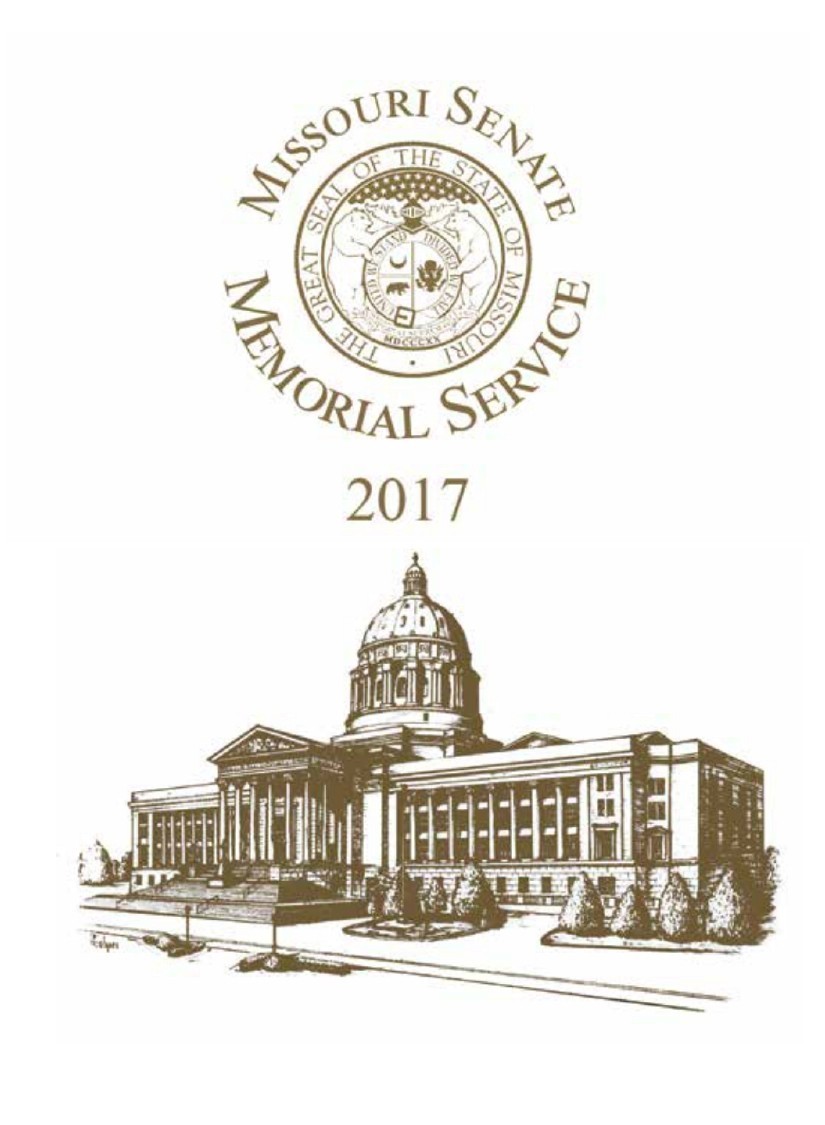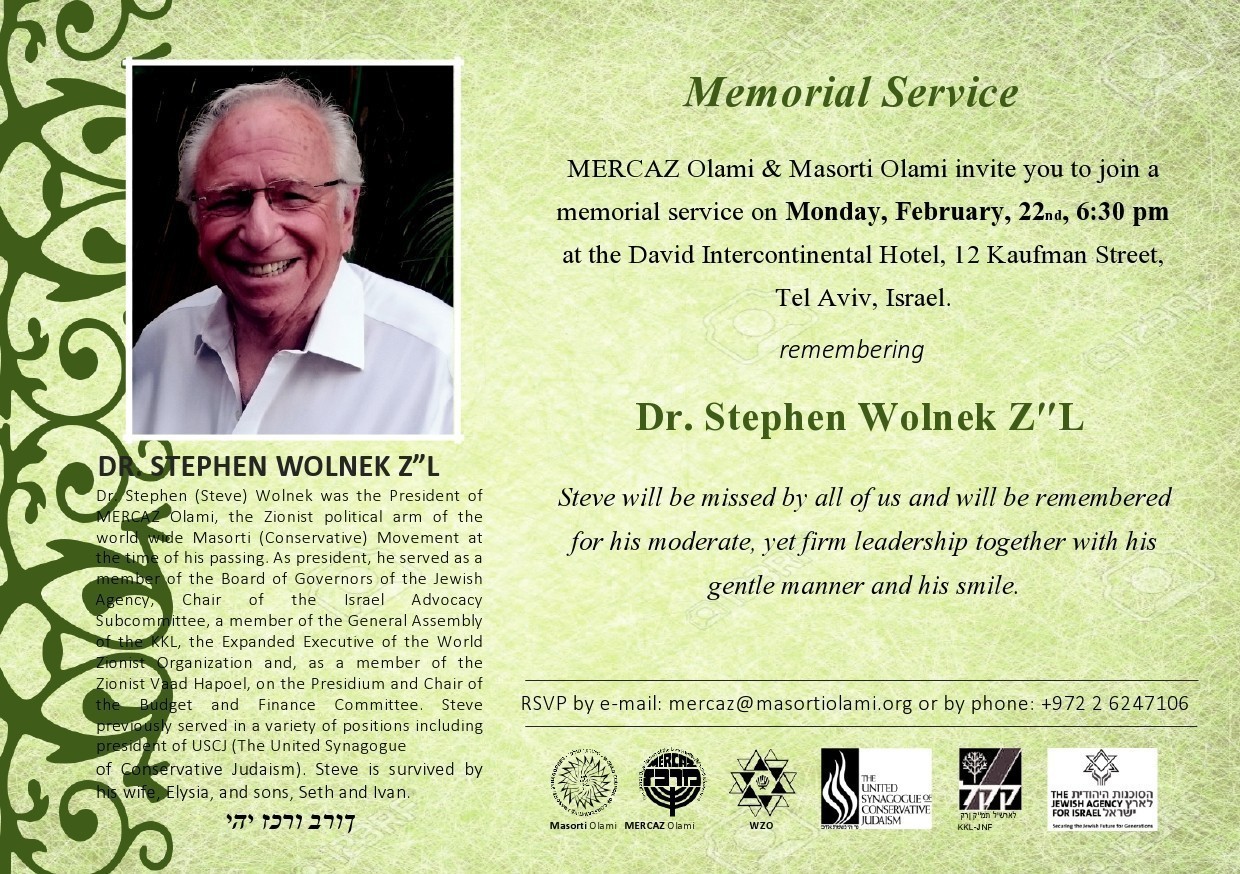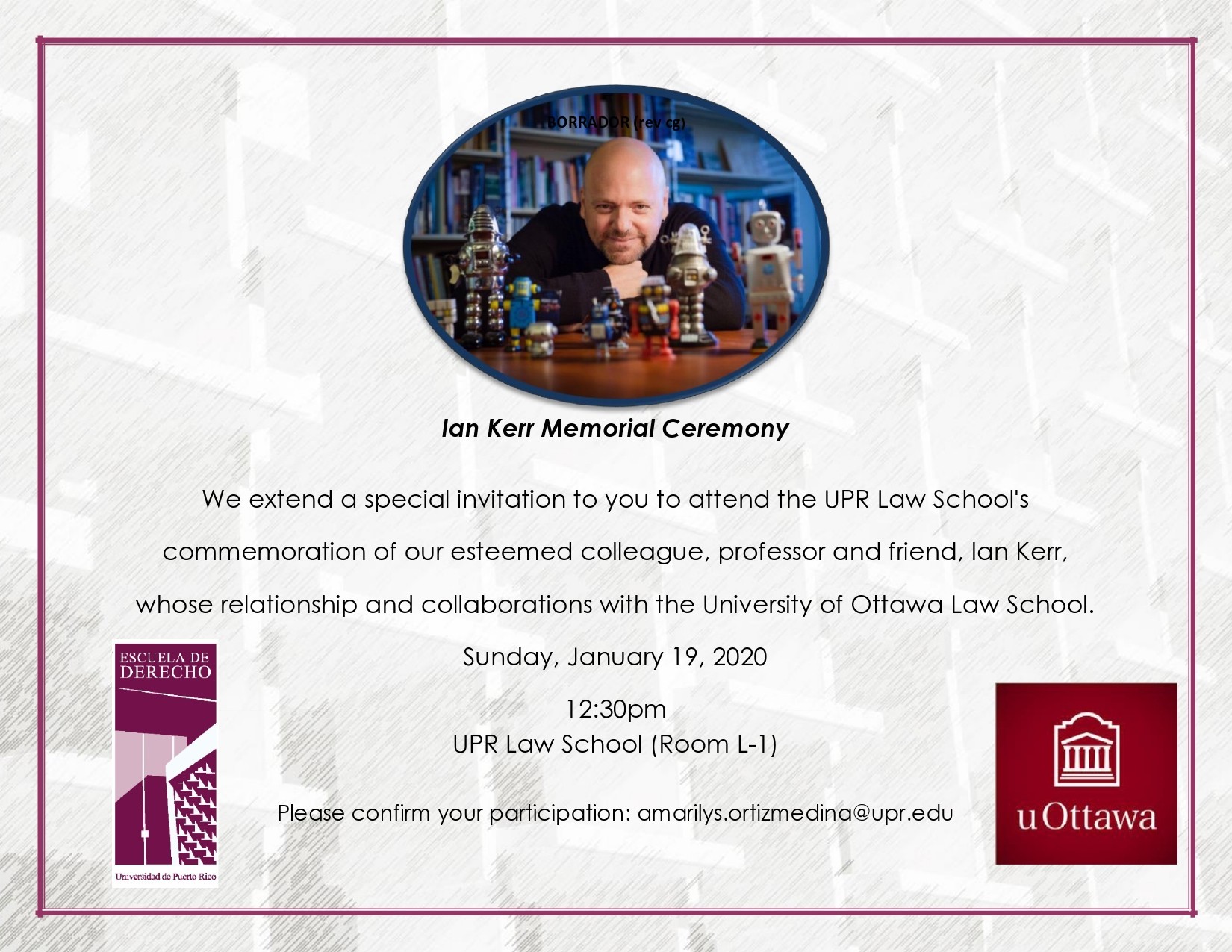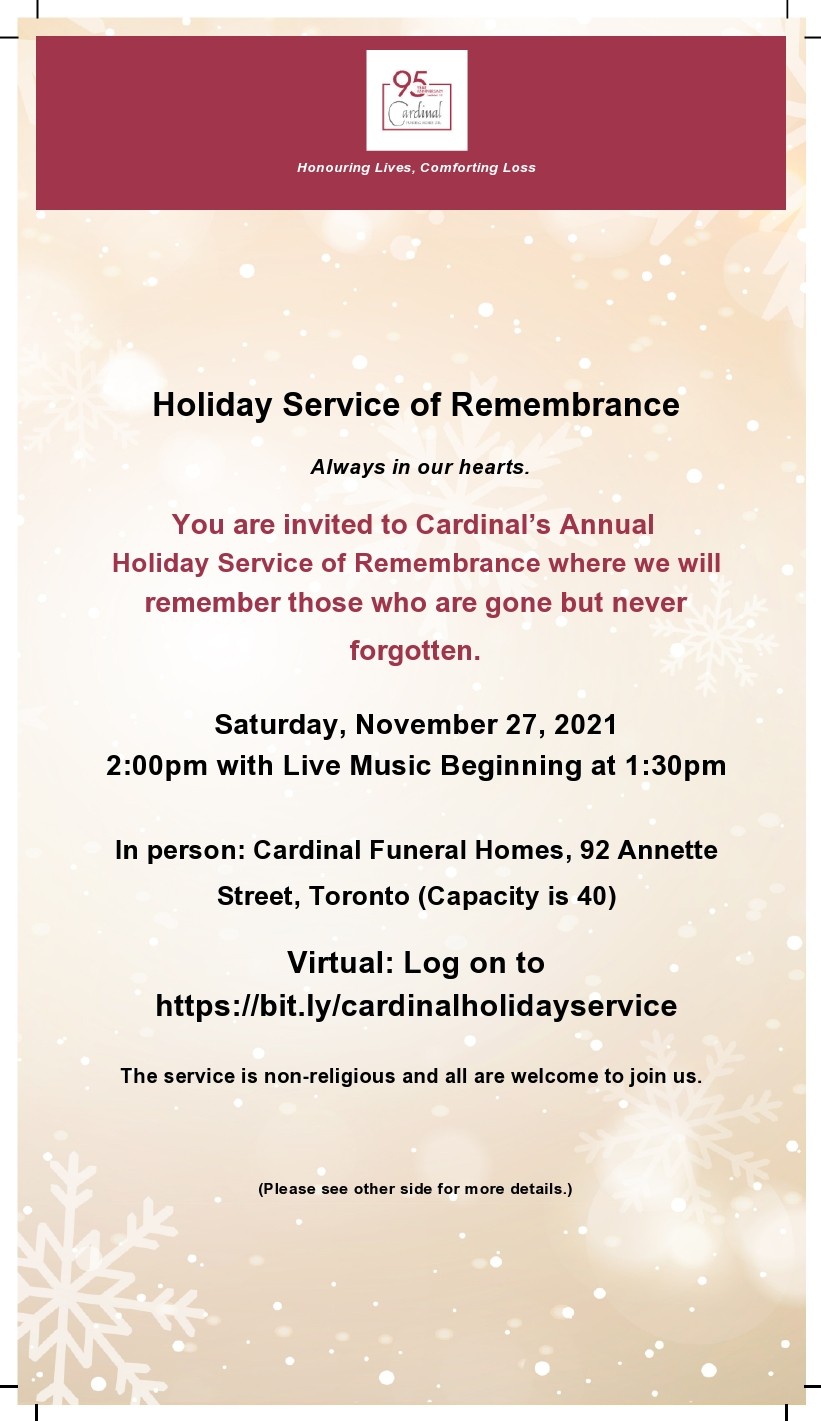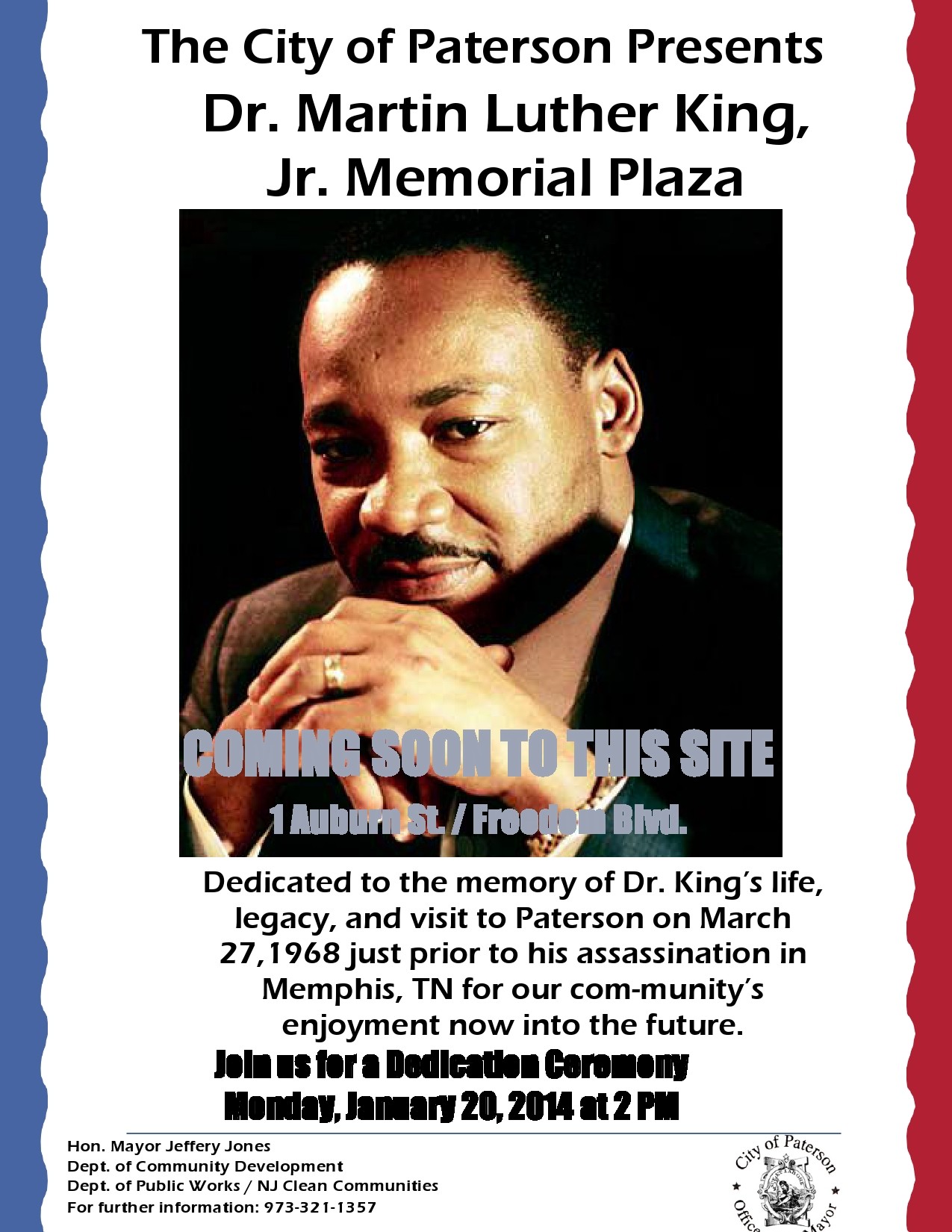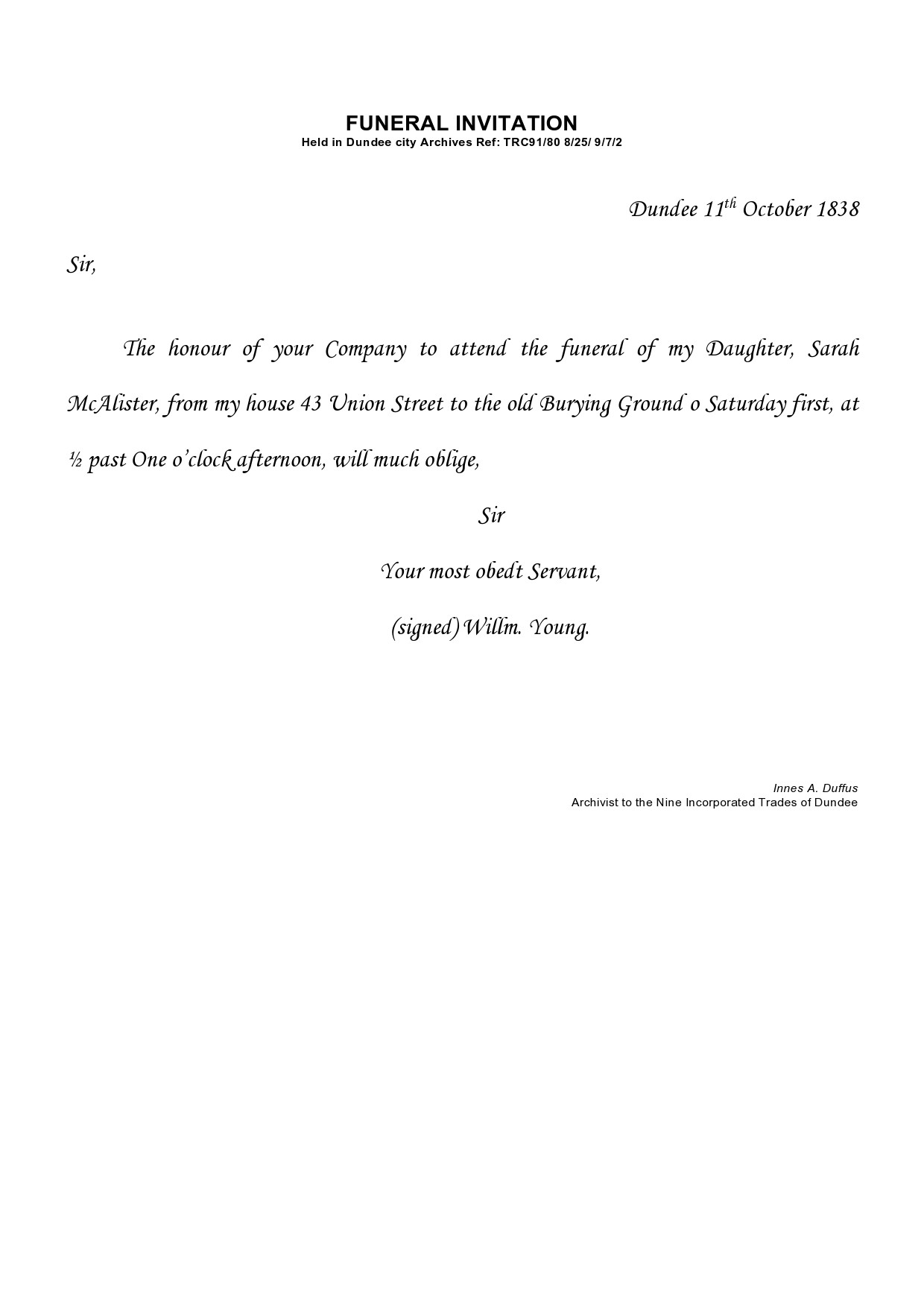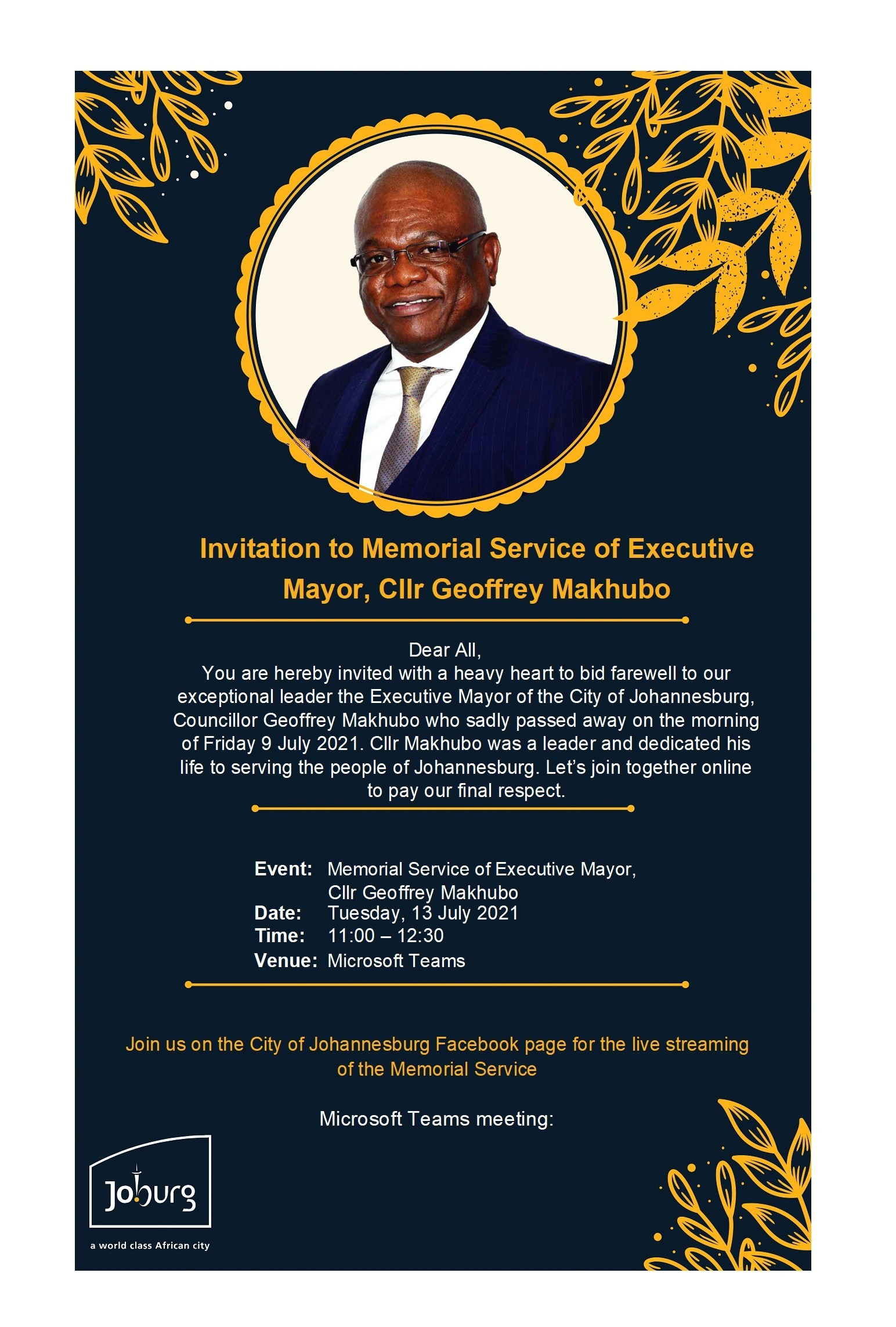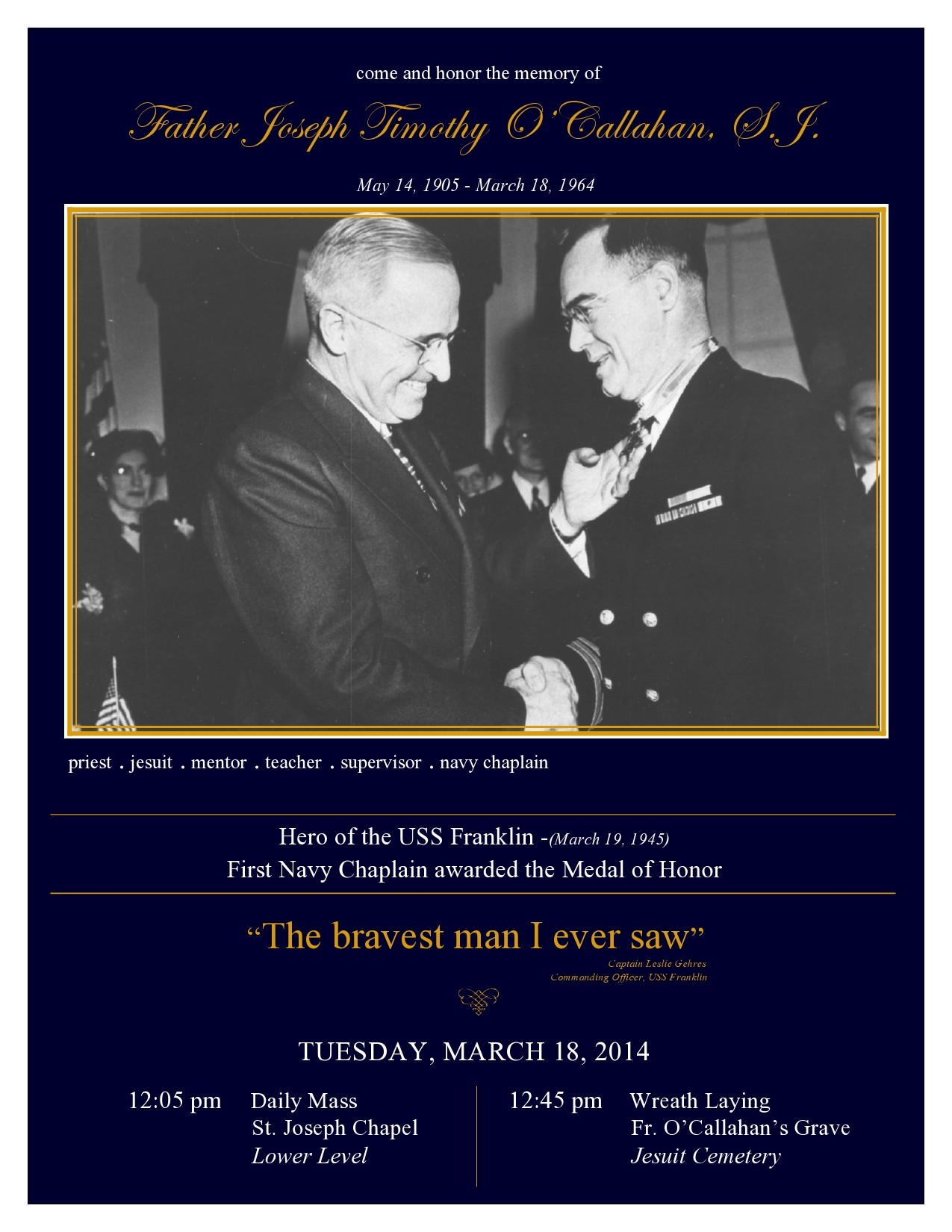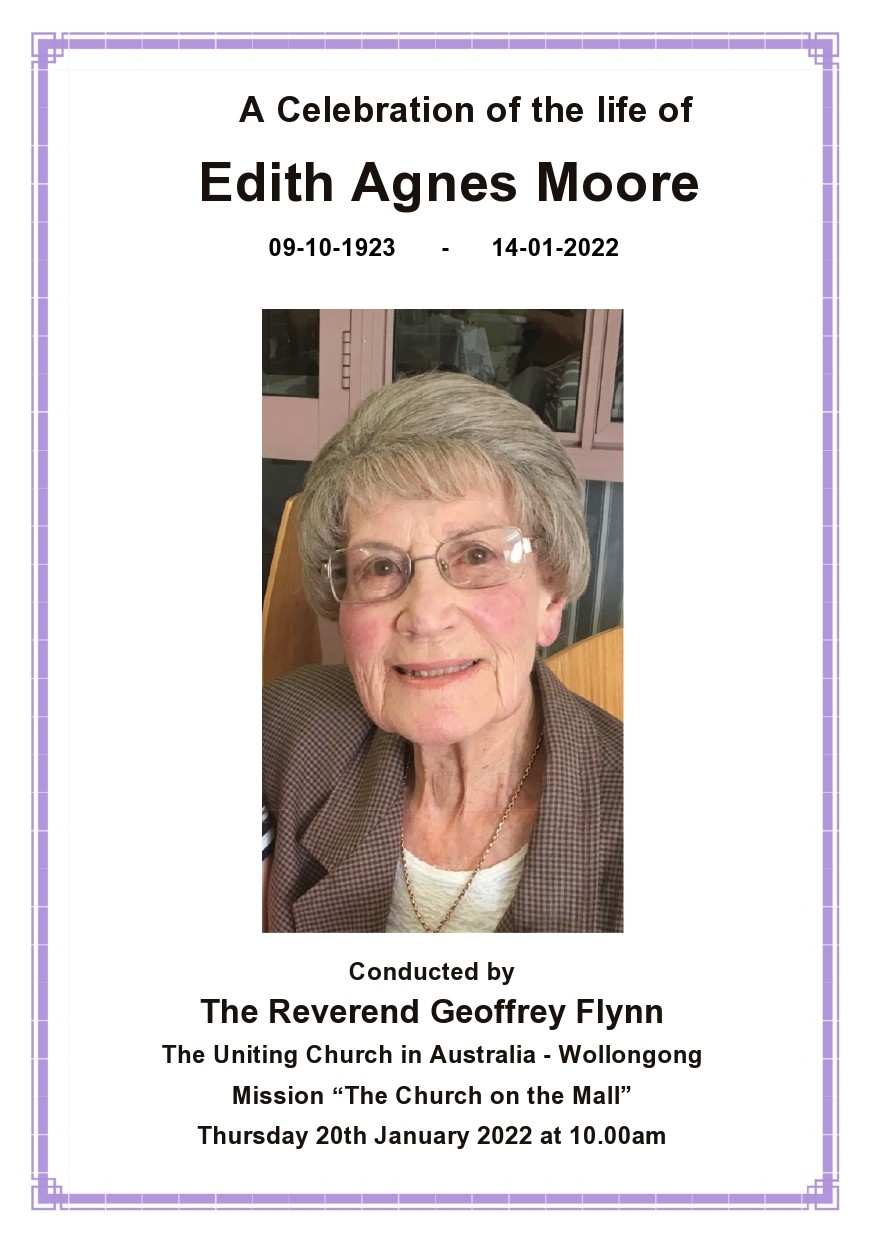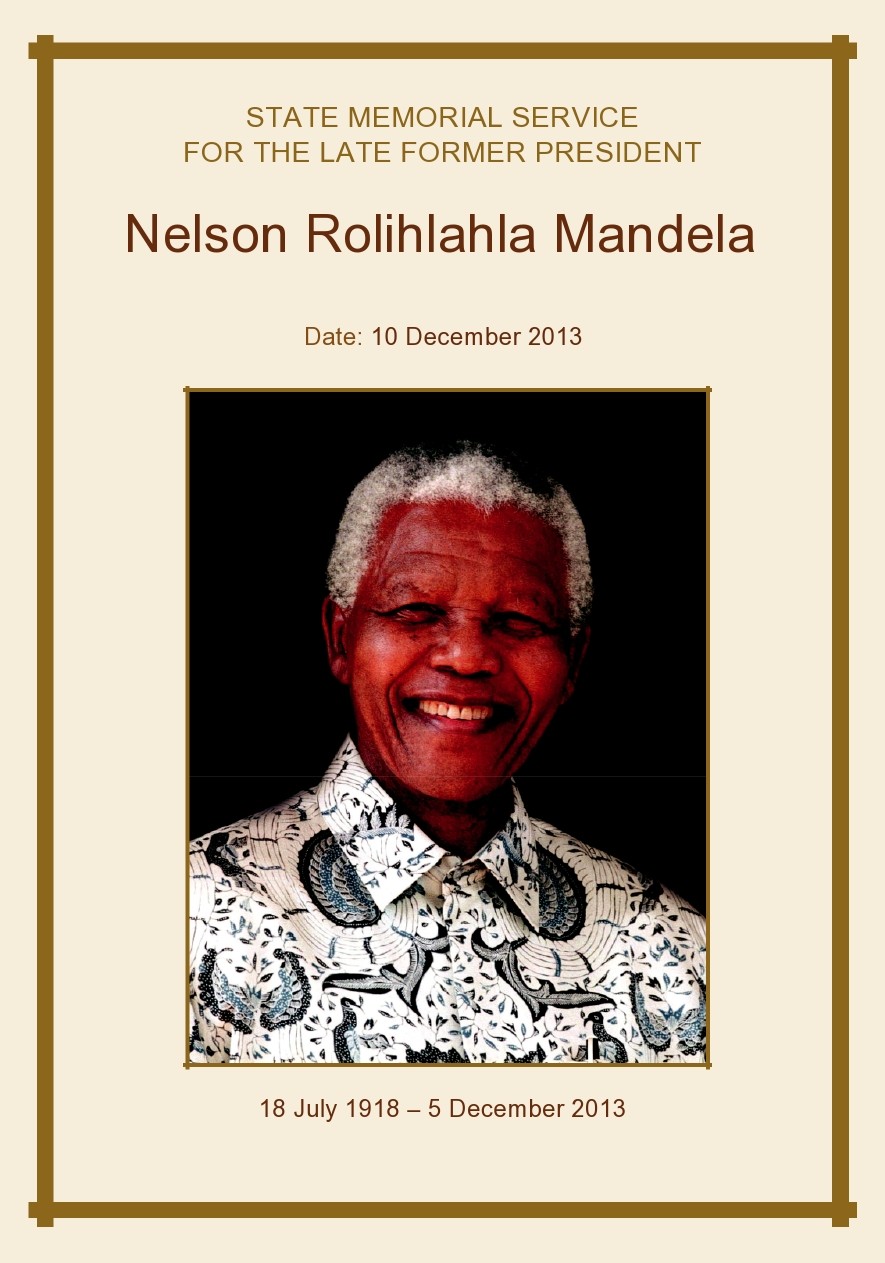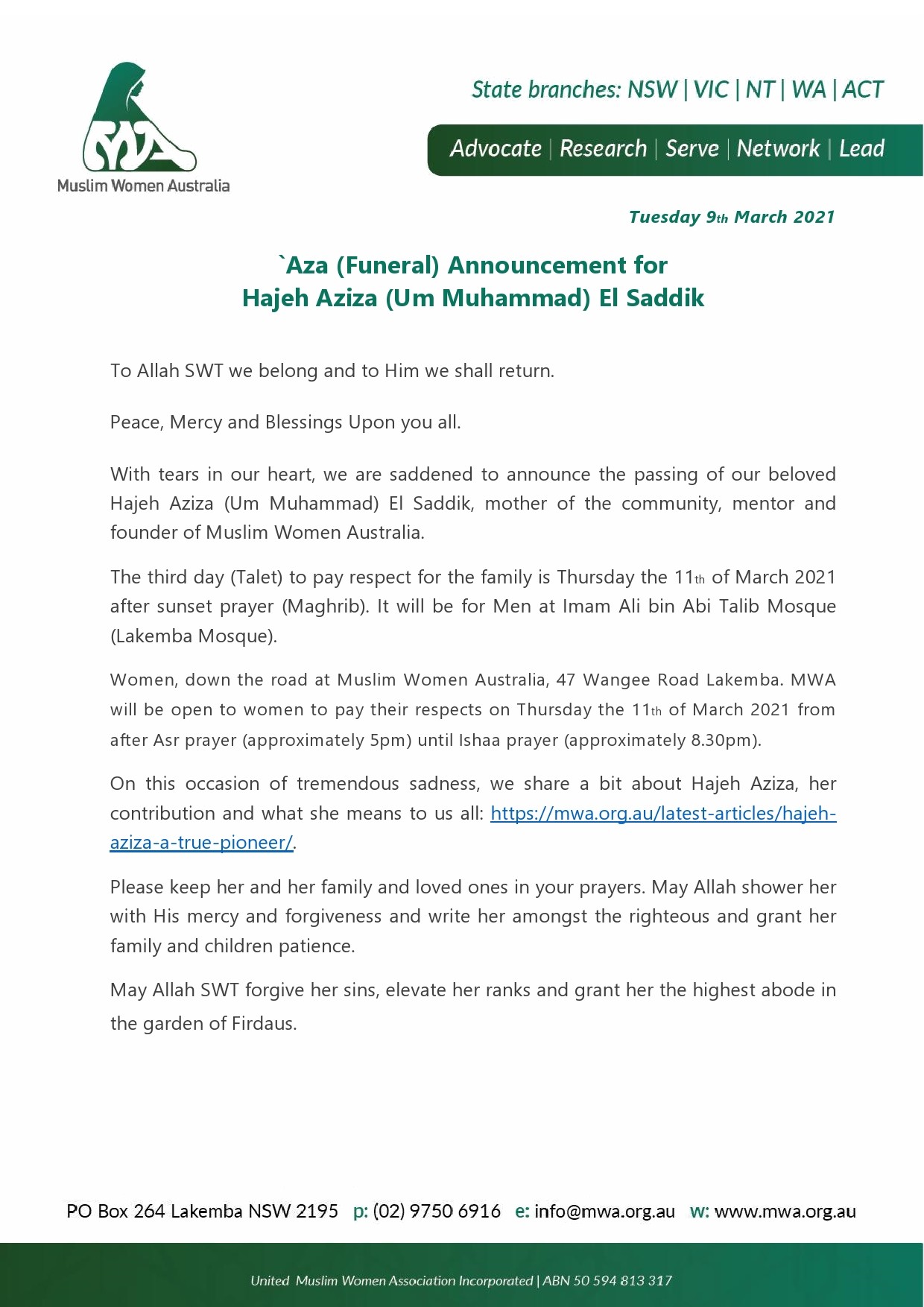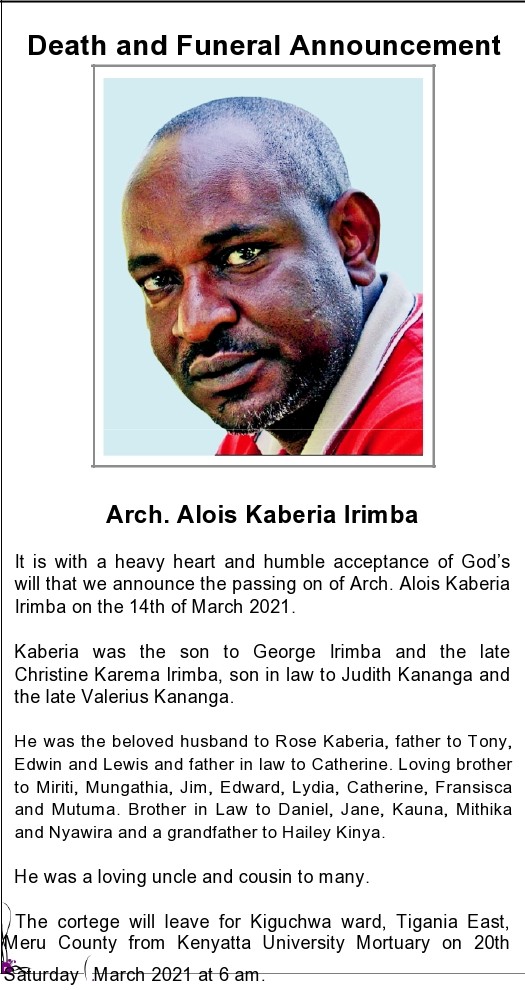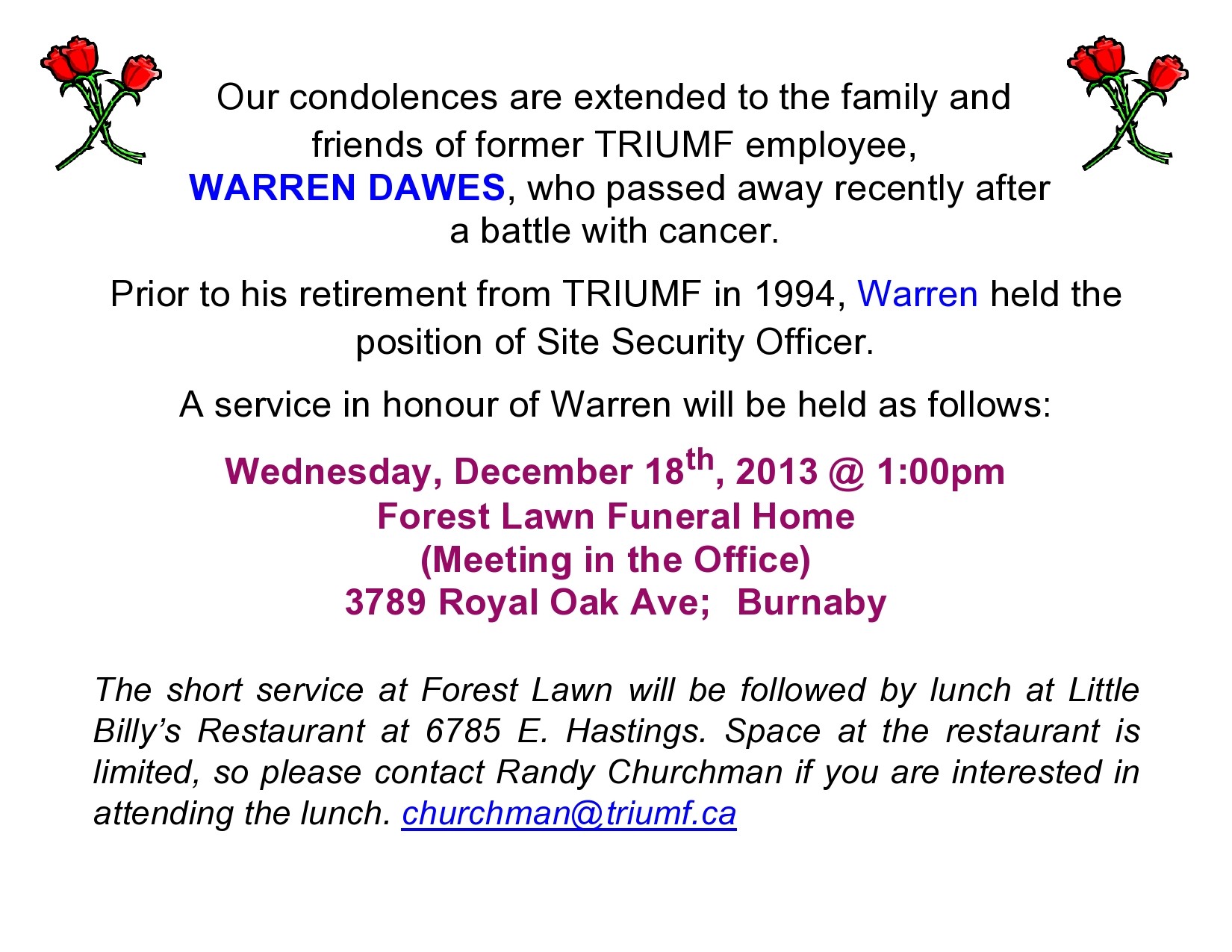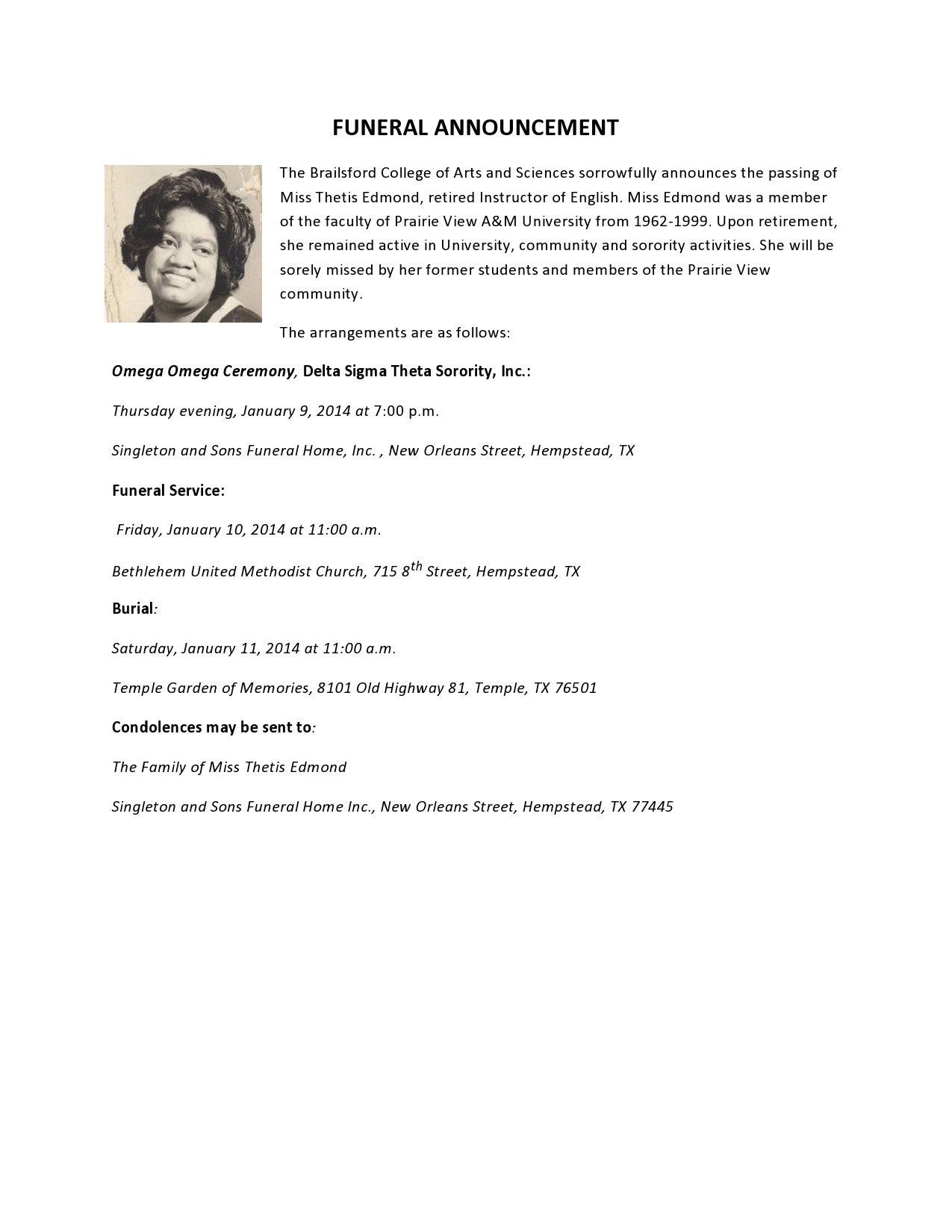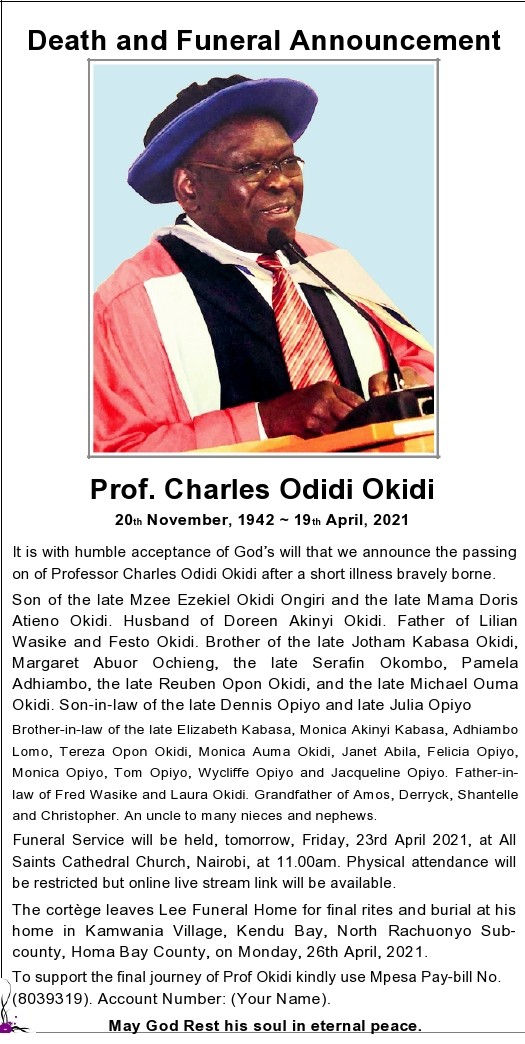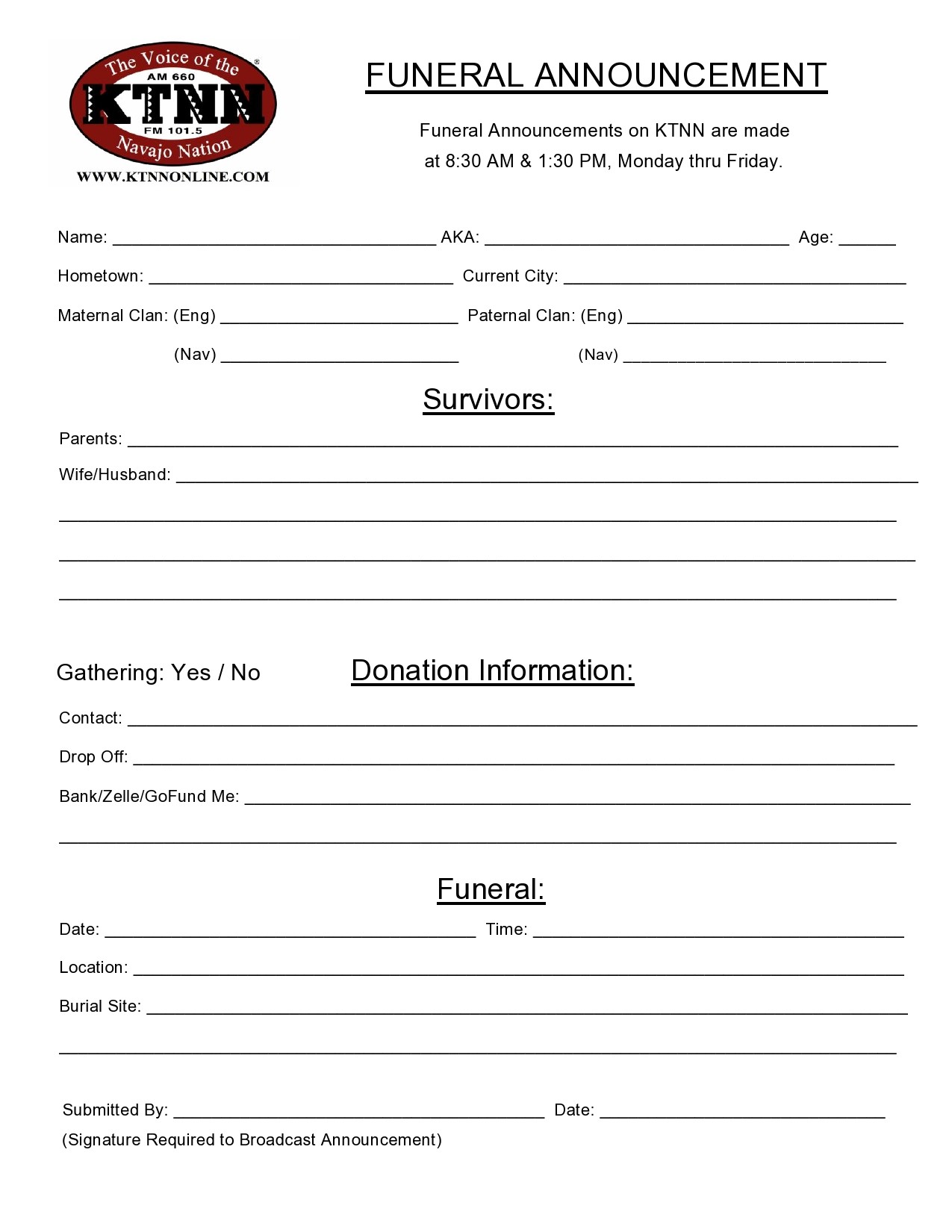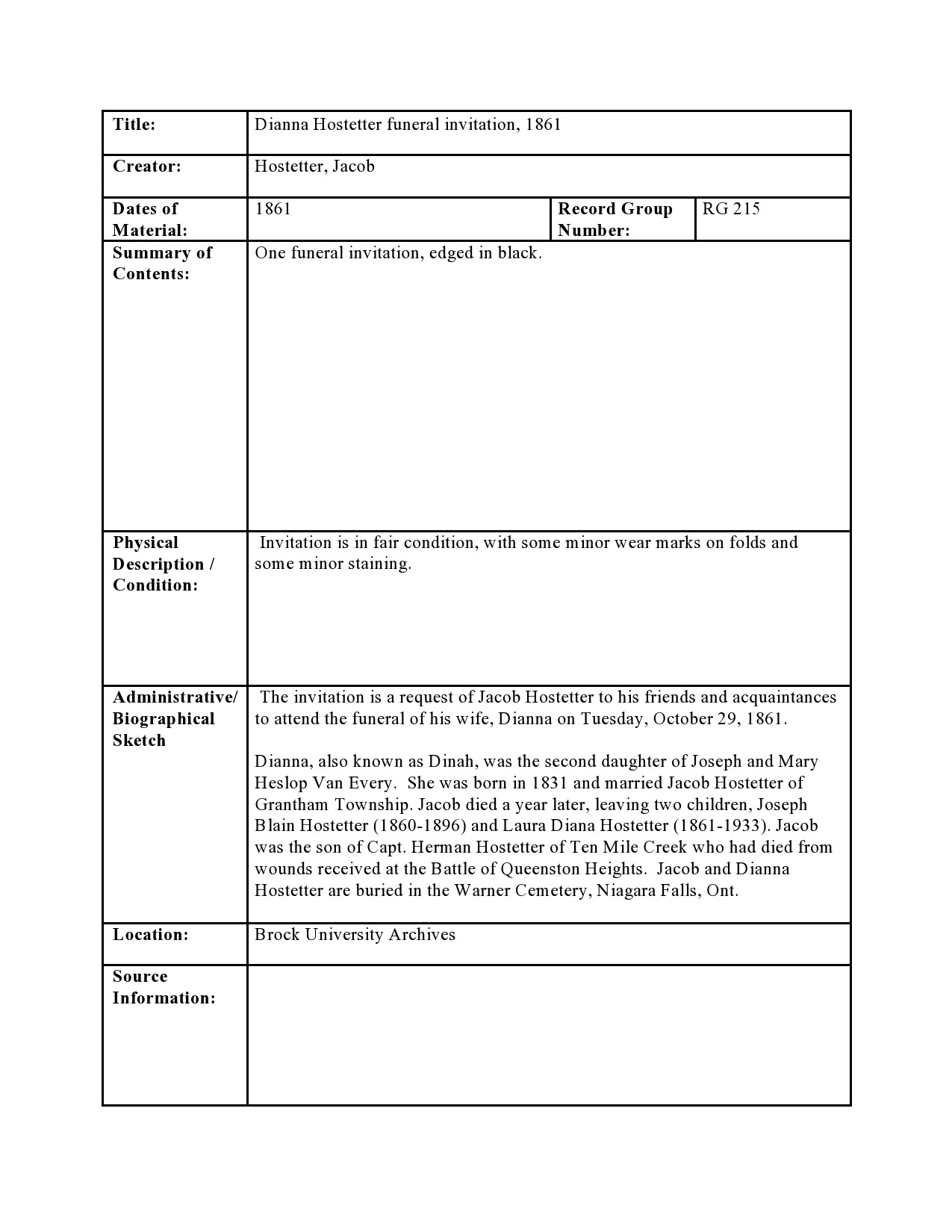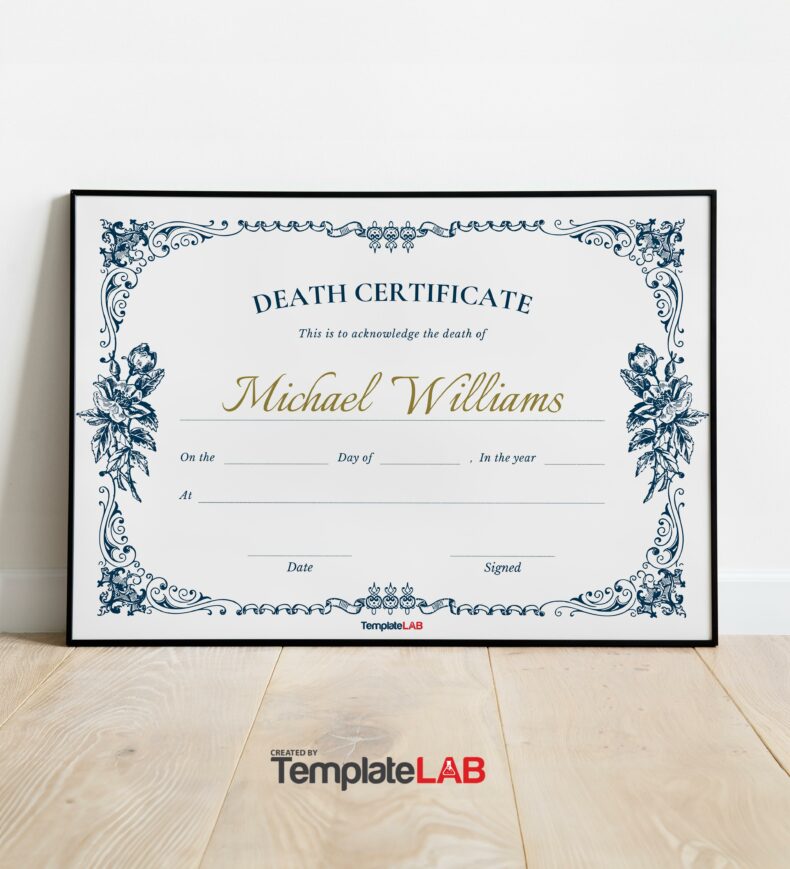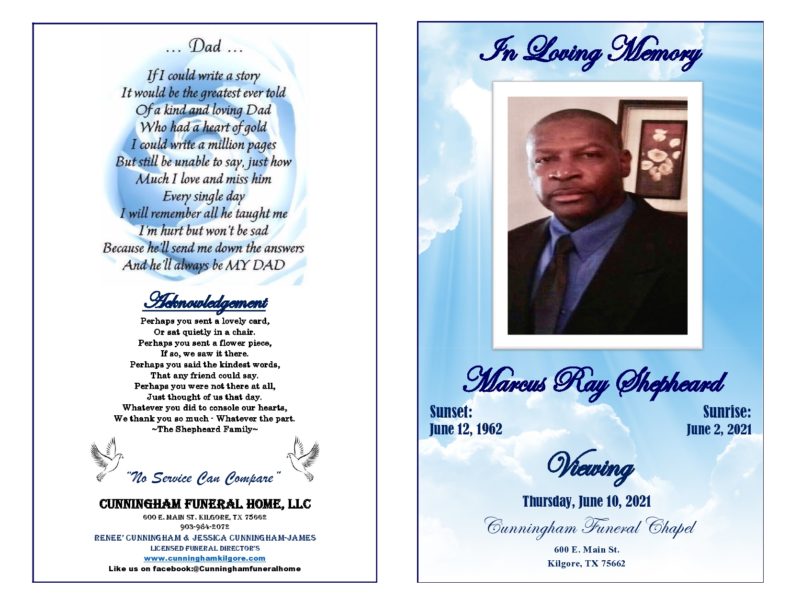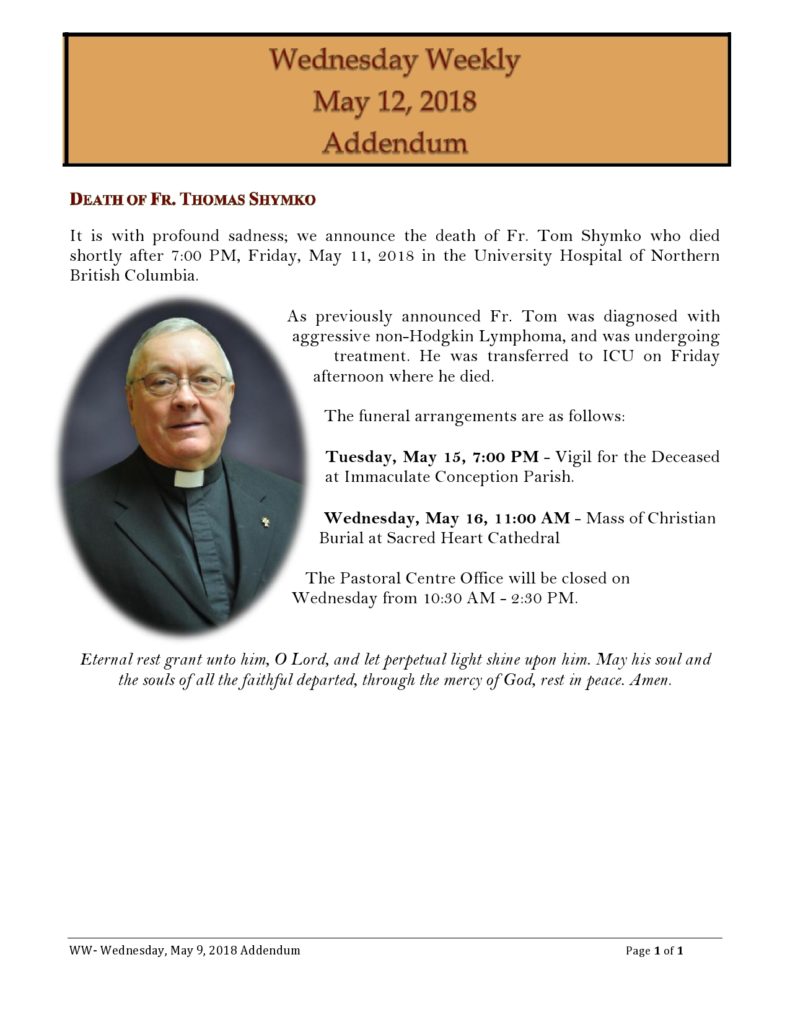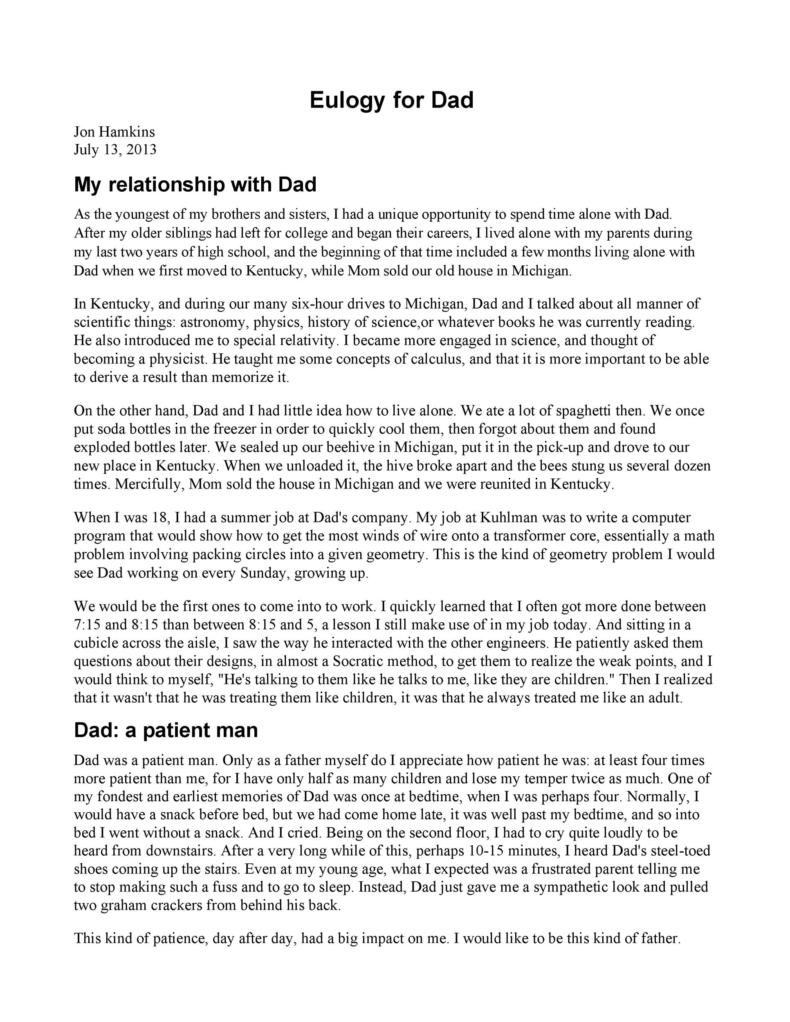The loss of a family member is something nobody wants to experience even if it’s an inevitable part of life. It’s most painful when you lose person a person whom you love so much. But even in moments of great despair, you must maintain some customs and rituals to pay homage to your deceased loved one. Funerals are ceremonies of great significance as they are a way to honor those who have passed. After the death of a loved one, you can notify everyone the person knows by creating a funeral invitation sample.
Table of Contents
Funeral Invitation Templates
What is a funeral invitation template?
When a person dies, those who knew and loved them will get the chance to pay their respects at the person’s funeral. One of the most common ways to notify the person’s friends and acquaintances will be through a funeral or memorial service invitation. This invite serves to share or confirm the devastating news about the person’s death and inform those concerned about the details of the funeral. But these days, the most common way to let people know about the death is by giving them a call.
Sometimes, friends and relatives can also find out through social media or text messages. At such a difficult time, people understand why a funeral invitation would matter. You can share the invitation to the acquaintances of the departed or to their social groups, colleagues, and more.
Funeral Announcement Templates
What to include?
You would use a memorial invitation template to announce the death of a loved one to friends, acquaintances, and family. It’s meant to invite them to the funeral. Organizing a funeral and inviting people to it is the last thing you would think about doing but it is very important. When creating this template, make sure to include the following details:
- The surname of the family of the deceased.
- The complete name of the deceased.
- The deceased person’s place of residence.
- The date when the person passed away.
- The time, venue, and date when you will hold the funeral service.
- The time, venue, and date when you will hold the wake.
The main purpose of a funeral invitation is to invite people to a funeral service you will hold for the deceased. Since funerals are very personal, the number of details in the invitation vary. For example, you can use the invitation as a chance to create a shorter version of an obituary. In such a case, you would include personal details. But most families use the invitation to provide details about the funeral.
The information to include in a funeral invitation can differ too. It depends on the recipients of the invitation. For example, it could be very helpful to include the names of the deceased’s extended family, especially if the recipients only know one member of the deceased person’s family. You could also consider including a photo of the person on the invitation to make it more personal. Many who would attend the service might choose to keep the invitation as a memento in memory of the person. There are also services where you would have to indicate the dress code of the guests. In such a case, it’s recommended to inform your guests in advance so they can prepare their attire.
Memorial Invitation Templates
Who do you invite to the funeral?
A funeral is a time to pay homage to a deceased person. One important thing to consider when deciding who to invite is who the deceased would want to attend, not who you want to attend. A funeral isn’t the time to think about the people you dislike or like. For example, if the deceased person’s best friend is someone you hate, you need to cast aside your resentment and invite that person to the funeral. This is the proper thing to do and in the end, you will feel better about inviting them.
There can be times when the people planning a funeral don’t have enough time to take care of everything. Unexpected death means planning and preparing everything quickly. Because of the lack of time, some people who you should have invited won’t even hear about the time and date of the funeral until after the event. You can avoid this by trying to think of everyone to invite by categorizing them into groups. Here are some of the categories you can sort the people into:
- Friends from college and high school
- Childhood friends
- Church members or members of other religious groups
- Members of hobby groups like wall climbing groups, book clubs, and more
- Supervisors or close colleagues
- Volunteer groups
- Extended family
These are just some examples of groups the deceased person may have had. Think about their life and try to remember who else might have been in that person’s life.
How do you write a funeral invitation?
Choosing the type of invitation to use depends on how much time you have before the funeral and your own preferences. The most common way to inform guests is through a phone call. Today, there are many other ways to do this. Once you decide, it becomes easier to organize the other details while allowing yourself to grieve. Here are the different options to invite guests to the funeral:
- Phone calls
Although many consider a phone call to notify everyone associated with the deceased a more personal and thoughtful option, it does take a lot of time, especially if you need to call a lot of people. You also need a lot of emotional energy to talk to each person who you invite. A better alternative is to call only the deceased close friends and other family members. As for the other guests, you can opt for the other methods.
- Snail mail
Another personal way to invite guests to attend the service is by sending out invitations through the mail. This option also take a lot of effort and time. It involves printing or writing the invitations by hand, gathering the addresses of all your guests, and mailing each of the invitations.
If you don’t have a lot of time before the funeral service, this might not be the best option since snail mail could take more than one week to reach the recipient. This depends on where you’re sending the invite and if you opt for priority mail. This is also a good option for after the funeral service if you want to express your gratitude to the attendees and offer a memento to remind them of the dearly departed.
- Digital invitations
A very efficient and fast option for notifying your guests or notifying them of changes in the service is to do it digitally. You can inform the guests through email invitations, create a website for the funeral service, or post the details on social media after you have notified the most important guests. This option saves you energy, resources, and time. If you opt for the digital route, make sure you choose the right wordings to include in the invitation.
You also have the option to inform relatives and friends about the funeral service you’re planning through Facebook. You can ask your friends to share your invitation by re-posting your link. You can also post the obituary and all of your plans through Facebook.
Traditionally, this option is the most common way of announcing and inviting people to a funeral. But these days, obituaries have become very expensive and most people prefer more affordable choices.
- Church bulletin
If the deceased attends church regularly, you can request the church to print the obituary and details about the funeral on their bulletin board.
When it’s time for you to write the funeral invitation, remember that should be simple, thoughtful, and concise. Include basic details about the deceased person. For any information about the service, state that there will be a funeral service and you will share the details later. Do this if you haven’t decided on the details yet. Having all of the necessary parts allows you to create a short and thoughtful message for everyone you invite.
Use only respectful phrases to convey your admiration towards the deceased person and your guests. You could use phrases like “You are respectfully invited,” “In loving memory,” and so on. If you prefer other respectful wordings to express your thoughts, you will find many ideas online.
When a death occurs in the family, it’s advisable to send out a funeral or memorial service invitations, unless your family chooses to hold a private ceremony with few people. It’s important that the relatives, friends, and sometimes even the community get notified of the death and that you will hold a funeral service. This gives everyone a chance to attend. After notifying the guests of the death, they might wonder if you will hold a funeral service. This is why you need the invitation – to inform them where and when you will hold the services.
Even if you decide to hold a small, private ceremony, it is still recommended to notify people of the fact that you will hold a funeral service although you will do so privately. In such a case, things might get awkward, especially if you plan to send out invitations. Instead, you can create a memorial website where you post details about the service. This informs anyone who visits the site to read the information while allowing them to interact with you to express their condolences.
Funeral Invitation Samples
How do you make a funeral announcement?
A funeral service can be a very emotionally draining event. It is a sad time for family, relatives, and friends as they come together and bid their final farewell to the deceased. It is a time to remember the happy times with that person. Some mourn while others offer prayers for the deceased and the family they left behind. Some take care of the prayer sessions and the food. With everything that will happen, it could become very difficult to plan a funeral service.
It also won’t be easy to write a funeral invitation to announce the details of the service. The burden of reaching out to everyone rests on the family and relatives of the deceased. They have to find the right words to bid farewell and print these on the invitations before sending them out.
A funeral announcement template is mainly used to share the news of a death. It usually provides information regarding funeral service arrangements. It’s essential to use the right wording in this announcement to ensure that all of the details are clearly communicated to everyone involved. It should include specific details so that the recipients of the announcement can understand the information correctly.
Many people confuse an obituary with a funeral announcement. The former is usually published in newspapers and includes public notice of death along with a short biography and other details about funeral arrangements. Sometimes, obituaries may also include the names of the surviving members of the family.
A funeral arrangement is a more personal thing and it’s different for all people. There is no limit as to how much or how little information you want to include about the deceased person and you can choose to make the announcement private or public. Ask the other members of your family about this. When you write a funeral announcement, consider your audience. Include all of the details like whether people can attend the funeral or just send their condolences through mail or digital messages. A typical summary of this announcement includes:
- The deceased person’s full name. You may add their title, nickname, or maiden name.
- The deceased person’s place of residence. This can be where the deceased grew up or where they lived when they diet.
- The date when the person died.
- The deceased person’s place of employment.
- Details about the funeral arrangements. Include the date, location, and time of the funeral service. Also, state whether the service is open to the public or it’s a private event.
- The names of the surviving members of the family.
- Details about donations, flowers, and other contributions.
- If possible, you can include a photo of the deceased person too.




